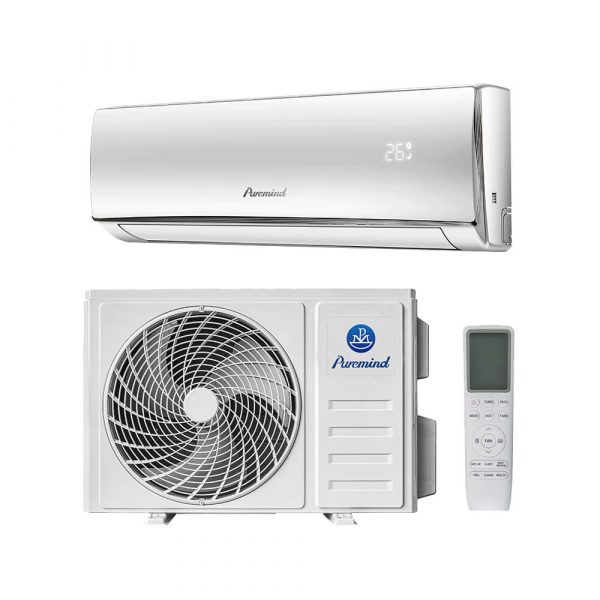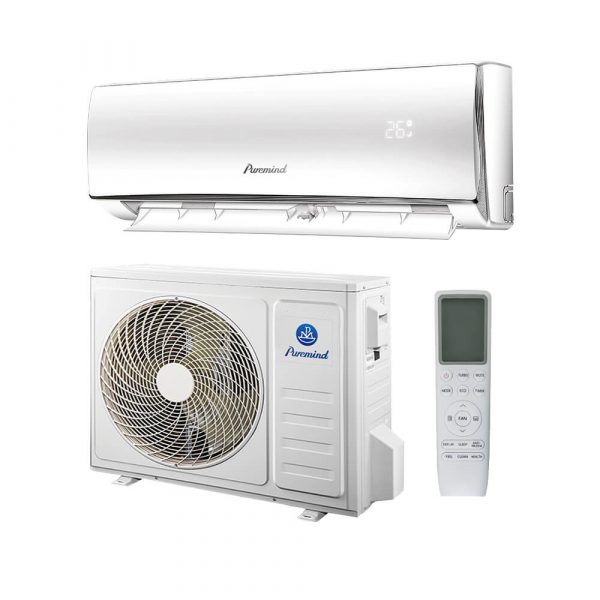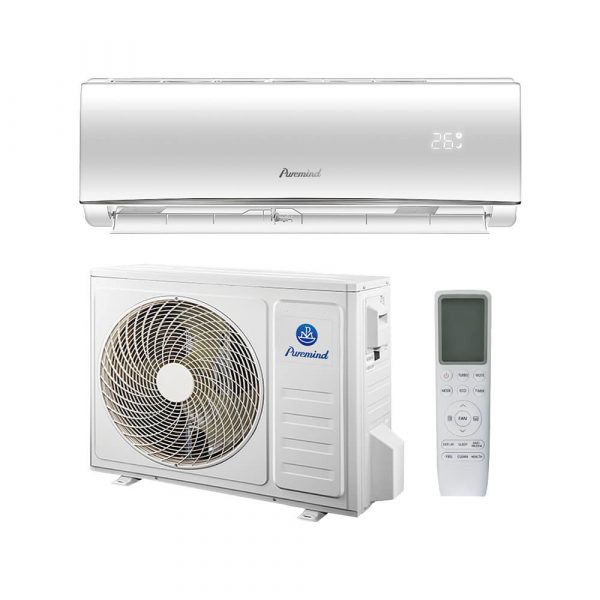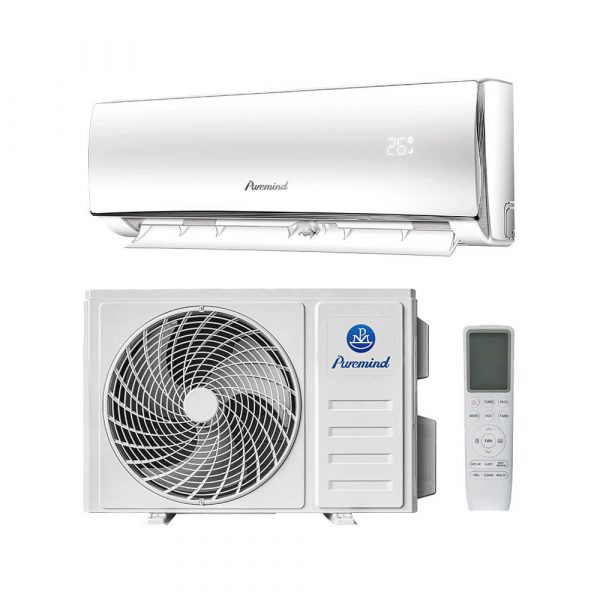How Much Is a Split Unit Air Conditioner? – Distributor’s Pricing Guide
How much is a split unit air conditioner? This is a frequent question asked by homeowners, contractors, and commercial clients looking for efficient cooling solutions. For wholesalers, suppliers, and distributors, understanding split AC pricing is crucial for creating competitive offers, winning bids, and guiding customers. This guide will break down typical costs, influencing factors, and market opportunities for distributors selling split unit air conditioners.
Introduction: Why Pricing Matters in HVAC
As demand for ductless systems continues to rise, distributors must be prepared to answer cost-related questions confidently. Customers want transparency about the price of a split unit air conditioner, and contractors rely on accurate wholesale pricing to build quotes. By understanding pricing structures, distributors can strengthen relationships with contractors and increase sales.
Average Cost of Split Unit Air Conditioners
The average cost of a split unit air conditioner varies based on size, efficiency rating, and brand. On the retail market, prices typically range from $1,500 to $6,000 for a complete system, including installation. Wholesale pricing, however, is lower and depends on bulk purchasing agreements, manufacturer partnerships, and model availability.
Typical Price Ranges
- Single-Zone Mini Split: $1,500 – $3,000 installed
- Multi-Zone System (2–4 rooms): $3,000 – $6,000 installed
- Commercial Split Units: $5,000 and above depending on capacity
Factors That Influence Split AC Pricing
When discussing how much is a split unit air conditioner, it’s important to consider the following factors:
- System Capacity: Higher BTU units cost more but cover larger spaces.
- SEER Rating: High-efficiency systems with SEER 20+ carry premium pricing.
- Number of Zones: Multi-zone systems are more expensive than single-zone.
- Brand: Premium brands often cost more due to warranty and reputation.
- Installation Complexity: Longer refrigerant runs or wall modifications increase costs.
Wholesale vs Retail Pricing
For distributors, understanding the difference between wholesale and retail is critical. While retail customers may see a split unit air conditioner price of $3,000, wholesalers may acquire the same unit for $1,800–$2,200 depending on volume and vendor agreements. Profit margins are typically built into the difference, making supplier partnerships essential for competitive advantage.
Cost Breakdown by Component
Another way to explain how much is a split unit air conditioner is to analyze cost components:
| Component | Approximate Cost |
|---|---|
| Outdoor Unit (Compressor/Condenser) | $700 – $2,000 |
| Indoor Air Handler | $400 – $1,000 per unit |
| Refrigerant Lines & Accessories | $200 – $500 |
| Labor & Installation | $1,000 – $2,500 depending on complexity |
Applications Affecting Cost
The question how much is a split unit air conditioner cannot be answered without considering application:
- Residential Homes: Single-zone systems are most common, offering affordable cooling for bedrooms and living rooms.
- Commercial Buildings: Multi-zone systems with higher capacity raise costs but deliver flexible comfort.
- Hospitality Industry: Hotels require numerous units, often negotiated at bulk wholesale prices.
- Educational Facilities: Schools benefit from multi-zone solutions but require larger upfront investments.
Market Insights for Distributors
According to Contracting Business, mini split and ductless systems are among the fastest-growing HVAC categories in the U.S. Market demand is fueled by energy efficiency requirements, consumer awareness, and government incentives. Distributors who can explain pricing clearly build stronger trust with contractors and end users.
Key Market Drivers
- Government rebates that lower customer costs.
- Energy savings creating long-term ROI.
- Retrofit-friendly design suitable for older buildings.
- Commercial adoption in offices, hotels, and retail environments.
How Distributors Should Approach Pricing
Rather than only answering “how much is a split unit air conditioner”, distributors should emphasize long-term value. Positioning should focus on ROI, efficiency, and performance benefits. Customers care not only about upfront costs but also about lifetime savings on utility bills.
Tips for Distributors
- Highlight ROI calculations in sales materials.
- Bundle systems with smart thermostats to add value.
- Offer financing options to reduce barriers to adoption.
- Leverage supplier relationships to secure competitive wholesale pricing.
Installation & Maintenance Costs
Installation accounts for a significant portion of the total price of a split air conditioner. Complex installations increase overall costs, but also provide additional revenue opportunities for contractors. Maintenance is generally simple, consisting of filter cleaning and routine inspections, keeping ownership costs low for end users.
Comparing Split Unit Costs vs Other HVAC Systems
Distributors can illustrate how much is a split unit air conditioner by comparing it to alternatives:
| System Type | Average Installed Cost | Efficiency |
|---|---|---|
| Window AC | $500 – $1,000 | Low to Moderate |
| Central HVAC | $5,000 – $10,000 | Moderate with duct losses |
| Split Unit AC | $1,500 – $6,000 | High with inverter-driven compressors |
Where to Source Split Unit Air Conditioners
Distributors and wholesalers can find a wide selection of split air conditioners at this supplier page. Partnering with reliable suppliers ensures access to quality units, warranty support, and competitive wholesale pricing.
Future of Split Unit Air Conditioner Pricing
The future of split AC pricing will be shaped by technology, regulations, and supply chain dynamics. With innovations in smart controls, eco-friendly refrigerants, and higher efficiency standards, prices may rise slightly but long-term value will increase. Distributors who stay updated on these trends will be best positioned to advise customers.
Conclusion
So, how much is a split unit air conditioner? The answer depends on capacity, efficiency, zones, and installation complexity. For distributors, the key is not just knowing average costs but also communicating long-term benefits, securing competitive wholesale pricing, and positioning mini splits as a smart investment. By doing so, wholesalers and suppliers can drive growth in an expanding HVAC market.







